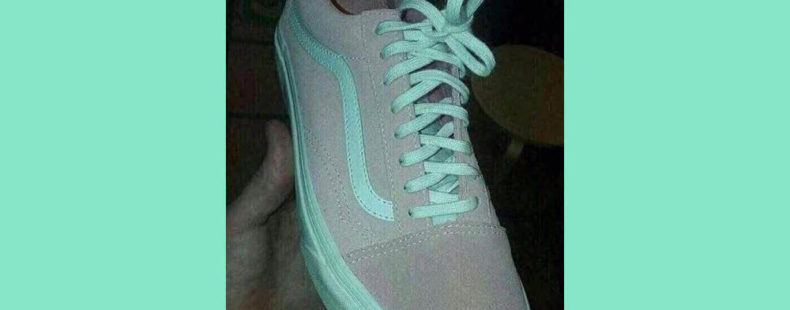What’s not to love about optical illusions? The magical, mysterious, mind-bending visuals never cease to evoke a series of ‘“woahs” and “what the’s–.” Words usually fail to describe them.
Yet, one common word that is often used is trippy, hearkening to the psychedelic days of the ‘60s and ‘70s. But, believe it or not, the first optical illusions emerged far earlier, in the 5th century B.C. They even had Aristotle bumfuzzled! From Medieval Latin, opticus means “of sight or seeing” and ludere, “to play”—thus, optical illusions are visuals that essentially “play with one’s sight.”
Because these images are invested with such mysterious power, we think optical illusions are some of the coolest didactic devices known to man. They’re brilliant to look at, and they teach us to question everything. So, to honor these powerful images, we want to share with you their proper names—because, honestly, trippy only holds up in the basement. Get your brains and eyeballs ready. They will be boggled.






 This kind of optical illusion tests your
This kind of optical illusion tests your 

























